Buoyancy and Emotion Regulation
by Dana Smith, Ph.D.
The ability to regulate your own emotions is one of the defining characteristics of emotional intelligence. In today’s world of pandemic, social upheaval, political division, and struggles with mental health, emotional intelligence is perhaps more important than ever. Neuroscientific laboratory experiments conducted during the past thirty years have proven that some degree of emotion regulation is possible through consciously employed physical strategies. A growing amount of evidence suggests that if you can assume the breathing pattern, facial expression, and body attitude of a desired emotion (the Emotional Effector Patterns), you can actually begin to feel that emotion.
For the past seven years, I’ve been researching Lessac Body Energies for their potential in regulating emotion. Those of us who practice Lessac Kinesensics can testify that this work offers many powerful tools for coping with the stresses of the day, and one of the most effective tools is Buoyancy Energy. Buoyancy is one of the four natural human body climates in Lessac work, which may be harnessed at any time to enhance any human activity.
Buoyancy Energy is in our muscle memory—it’s that set of familiar sensations you feel when floating: a weightless, effortless ease. You can feel it in a body of water, after a great massage, walking in mist or a lovely snowfall, or perhaps you’ve had the experience of receiving wonderful news that causes you to feel like you’re floating on air. When buoyant, your body feels relaxed and oxygen-charged, so that your movements are smooth, easy, and fluid.
Buoyancy Energy can calm the spirit and promote a feeling of well-being. There’s a physiological reason for that. Explorations in Buoyancy can inspire some elements of an Emotional Effector Pattern, one of six core emotions identified by Chilean neuroscientists in the 1970s. Although feelings are highly subjective and words are insufficient, the general category of emotion I experience most often when working in Buoyancy is the feeling of tenderness or tender love. Others have called it: serenity, affection, peace, and calm contentment. Whatever you call it, this emotion (like the other five core emotions) can be induced through physical means.
I’ve observed that the Emotional Effector Pattern for tender love happens naturally when I move my body buoyantly, as if I were floating. In this pattern, breathing is through the nose. The exhalation is just a beat or count longer than the inhalation. After you exhale, there’s a slight pause or rest before the next inhale begins. Laboratory studies have proven that this breathing pattern lowers the heart rate, blood pressure, and other physiological markers, as well as slowing the release of stress hormones.
One Buoyancy exploration we frequently turn to in Lessac work is called, “wafting and waving”; while standing with shoulder-distance between your feet, you allow your torso to slide (waft) right and left and back again, over and over, in an easy flowing rhythm. Shoulders and hips move together, side to side. This action encourages the tilting of the head to one side—another element of the Effector Pattern for tenderness. You can enhance the experience of wafting and waving into tender love by relaxing your face into a closed-mouth smile, as tiny facial muscles around the mouth and eyes yawn toward the ears. The muscles in the cheeks also move up and back. A final conscious adjustment would involve the slight curling of the rib cage with the head tilt. The whole body is relaxed and open.
Emotion regulation doesn’t mean that you shouldn’t feel what you feel; there is a rightful place for all emotions in our lives. But if you find yourself getting stuck in an unwanted emotion, and are looking for ways to cope, Buoyancy Energy offers a way through. In Essential Lessac, Master Teacher Deb Kinghorn proposes something she calls, “love energy”: “the pervasive sensation of well-being so thoroughly fills experience that it becomes a concrete physical sensation, perhaps not unlike flow or being in the zone.” To me, this sounds like Buoyancy, coupled with the Emotional Effector Pattern for tenderness or tender love.
The world can be a scary place. We pay a price for holding onto conflict and tension, and the cost is to the human bodymind. Feeling anxious? Stuck in traffic or in a long and slowly moving line at the end of the day? Or do you find yourself exhausted by people who are stressed and angry? I recommend a little Buoyancy.
Dana Smith, Ph.D.
Newsletter Editor, LTRI, Lessac Certified Trainer
Professor, Chair of Theatre, Truman State University




